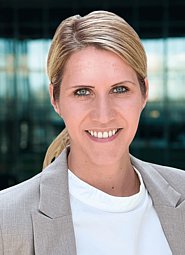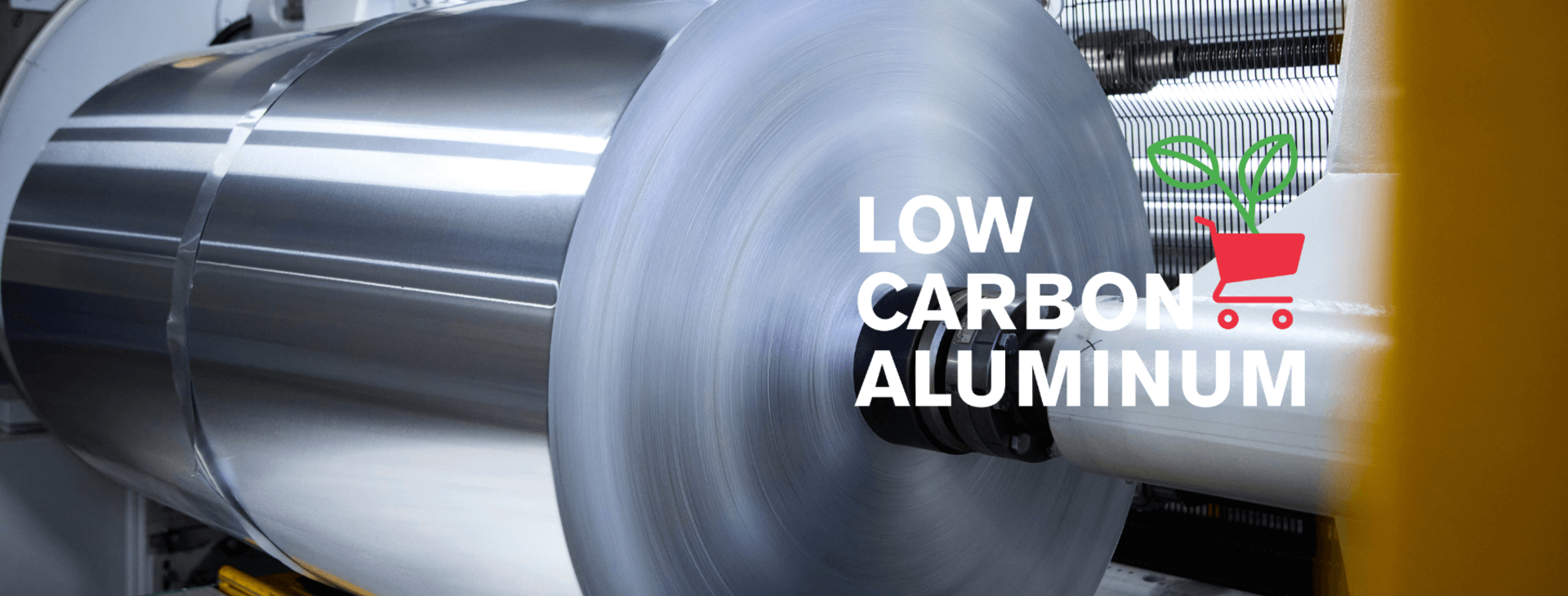
Low Carbon Aluminum – A gamechanger for the packaging industry
An interview with industry experts
Aluminum is essential to modern flexible packaging, offering superior product protection, recyclability, and versatility. But traditional aluminum production can come with a high carbon cost. That’s why Constantia Flexibles is taking the lead: we are driving a transformation with Low Carbon Aluminum, a high-performance solution that drastically reduces CO₂ emissions without compromising quality.
We don’t wait for industry standards to be handed down, we set them. Our Low Carbon Aluminum is already making an impact across major sectors, from dairy and pharmaceuticals to battery applications. It’s not a future vision: It’s here, and it’s happening now.
To shed light on what makes Low Carbon Aluminum a breakthrough, we sat down with our in-house experts: Peter Wallach, Segment Lead Processed Meat & Beverages and Head of Plant Sales Constantia Teich; Martin Kornfeld, Vice President of R&D at our Competence Center for Aluminum; Matthias Hofinger, Senior Lead R&D Aluminum; Alexander Wimmer, responsible for Technology and Corporate Sustainability at Constantia Teich; and Martina Schildendorfer, Consumer Innovation and Product Sustainability.
Their discussion highlights how Low Carbon Aluminum is driving real change. From setting clear standards to ensuring supply chain credibility, they explore its impact on businesses and sustainability goals.
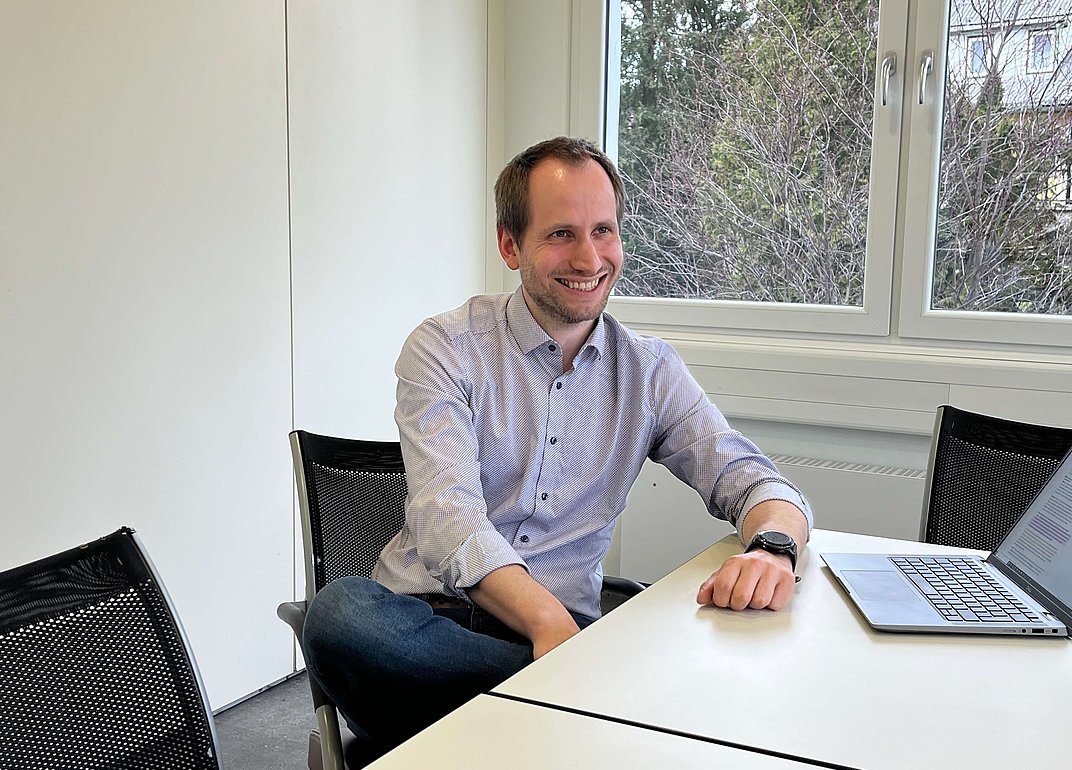
What exactly is Low Carbon Aluminum?
Matthias: Low Carbon Aluminum is aluminum that has a significantly lower CO2 footprint compared to standard aluminum. Despite this benefit, it retains the same physical properties as standard aluminum. At Constantia Flexibles, Low Carbon Aluminum is clearly defined:
- The ingot out of primary production must not exceed 4 tons CO₂e per ton of aluminum.
- Foilstock must stay below 5.5 tons CO₂e per ton.
Materials that meet these defined thresholds represent our current Low Carbon Aluminum offering. We are committed to continuously evolving our standards and being fully transparent to ensure credibility and avoid any risk of greenwashing. Our approach is backed by data and external verification. It’s the aluminum of the future, available now.
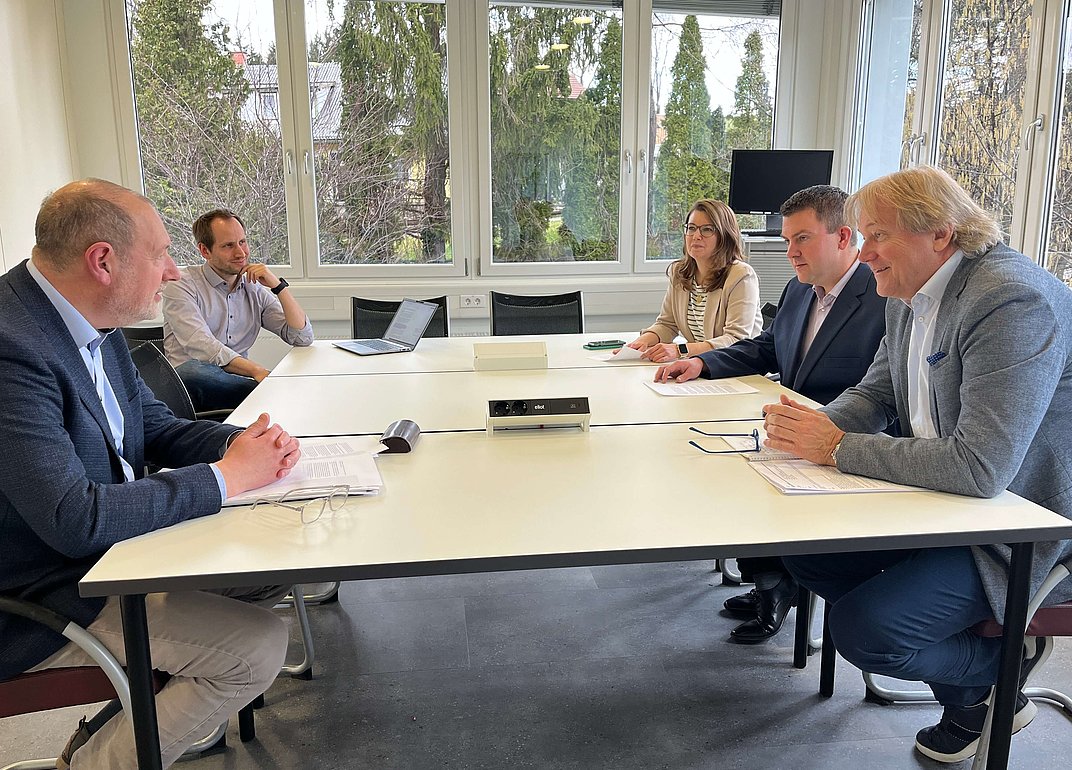
What does it mean for our customers?
Martina: It means instant carbon reduction with zero compromises. No redesigns, no requalifications. Our customers can plug into a cleaner solution today: no waiting, no additional investment. It’s a direct way to meet ambitious climate targets.
What types of Low Carbon Aluminum do we offer?
Matthias: We offer it in multiple forms:
- Primary aluminum powered by renewable energy.
- Secondary (recycled) aluminum that slashes energy use by up to 95%.
Often, we combine both methods, maximizing sustainability and performance benefits.
How does Low Carbon Aluminum differ from ASI certification?
Alexander: ASI (Aluminium Stewardship Initiative) focuses on responsible sourcing. We go further, we reduce CO₂ emissions right at the source. Our Low Carbon Aluminum system builds on ASI principles but sharpens the focus. These two systems are complementary. It is externally validated by TÜV Süd and aligned with global standards.
How do we ensure our aluminum is truly low-carbon?
Martin: The process starts at the very beginning of the supply chain. We have built strong partnerships with our raw material suppliers and secured consistent flows of certified Low Carbon material.
Alexander: And we don’t rely on just one supplier. We have built a robust, resilient sourcing strategy to guarantee every ton we sell is verified Low Carbon Aluminum.
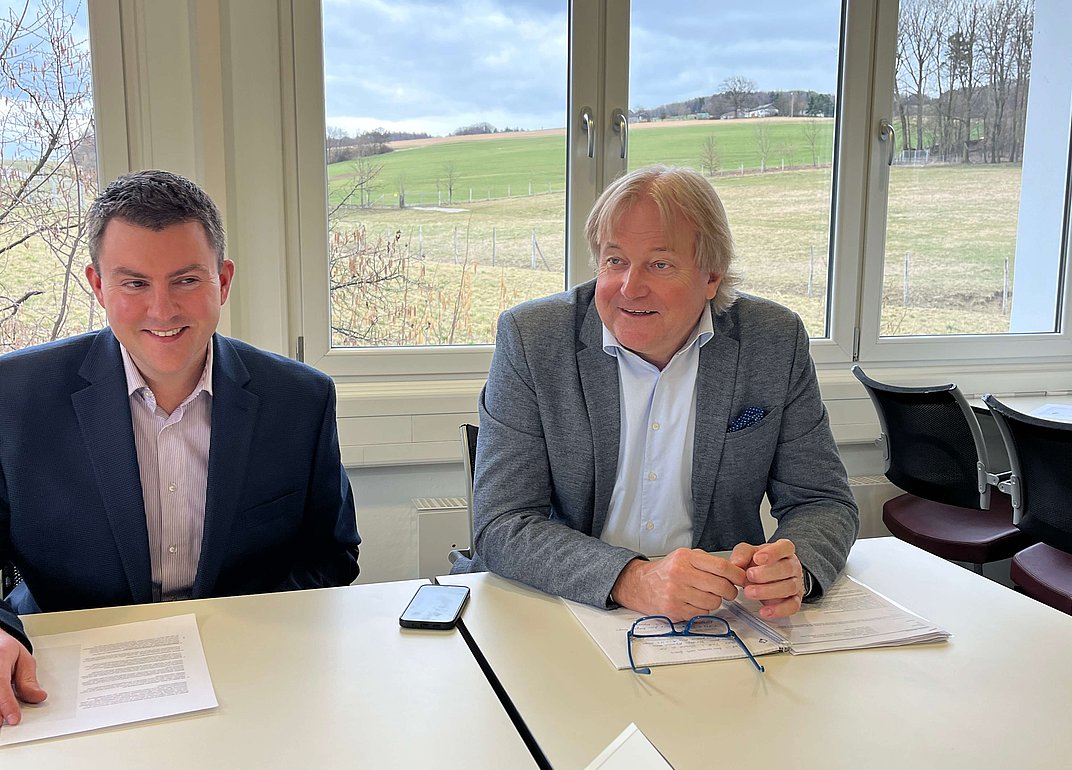
What are the benefits of Low Carbon Aluminum?
Martin: Aluminum already excels as a barrier material. But its carbon footprint? That was the problem. We fixed it. Low Carbon Aluminum retains all the strengths and removes the emissions burden. For our customers, the biggest advantage is that they can cut emissions immediately without extensive requalification processes, as the primary difference is the energy source used in production, which is often only the source of electricity.
Peter: Plus, our deep expertise gives us a competitive edge. We are not just keeping up, we are ahead. We are actively expanding our Low Carbon portfolio across key industries and explore new markets.
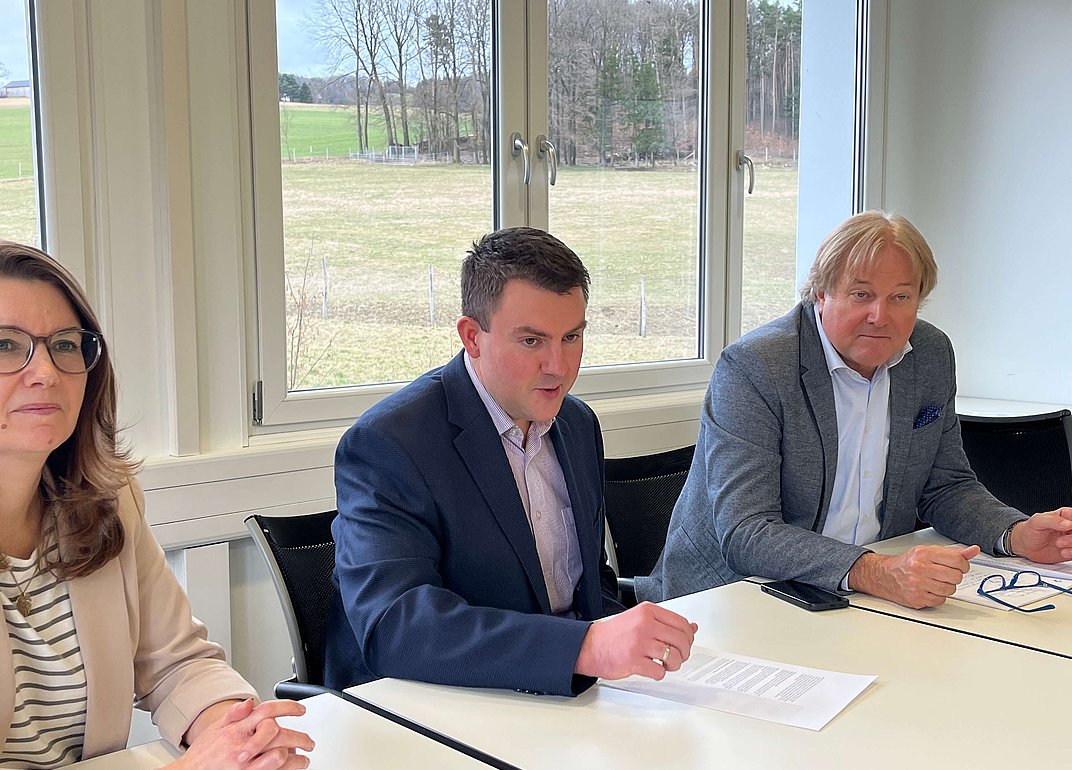
How is the market responding?
Peter: Very positively. We have already launched Low Carbon solutions for cheese foil, dairy lids, and pharmaceutical packaging. And that’s just the beginning.
Martina: For example, our dairy product lid, ComforLid, will be 100% Low Carbon by April 2025. A top global cheese producer starts full production this summer. Major international brands are switching to us for a reason: we deliver real change.
What about transparency? How do we avoid greenwashing?
Alexander: We go far beyond claims. We take multiple steps to ensure transparency and credibility. Every supplier must deliver CO₂ calculations under international norms and provide full documentation.
Matthias: We are also securing external certification, and we align with ASI standards. Every ton is traceable and verified.
Alexander: Additionally, our alignment with ASI, which has been an industry standard since 2012, ensures full supply chain transparency and eliminates any risk of greenwashing. Every ton of Low Carbon Aluminum we sell reduces emissions throughout our entire supply chain. And we have the TÜV Süd validation, that validates our Product Carbon Footprint (PCF) calculation.
In which products can Low Carbon Aluminum be used?
Martina: Anywhere aluminum is used, we have a low-carbon alternative: lids, trays, battery foils, coffee capsules, and more. It’s scalable, versatile, and high performing.
How do we compare to competitors?
Peter: There is no official market data, but we know our competitors are also exploring low-carbon solutions. So, we can say, while others are experimenting, we are delivering. We are already in the market with verified Low Carbon Aluminum products. We lead because we act.
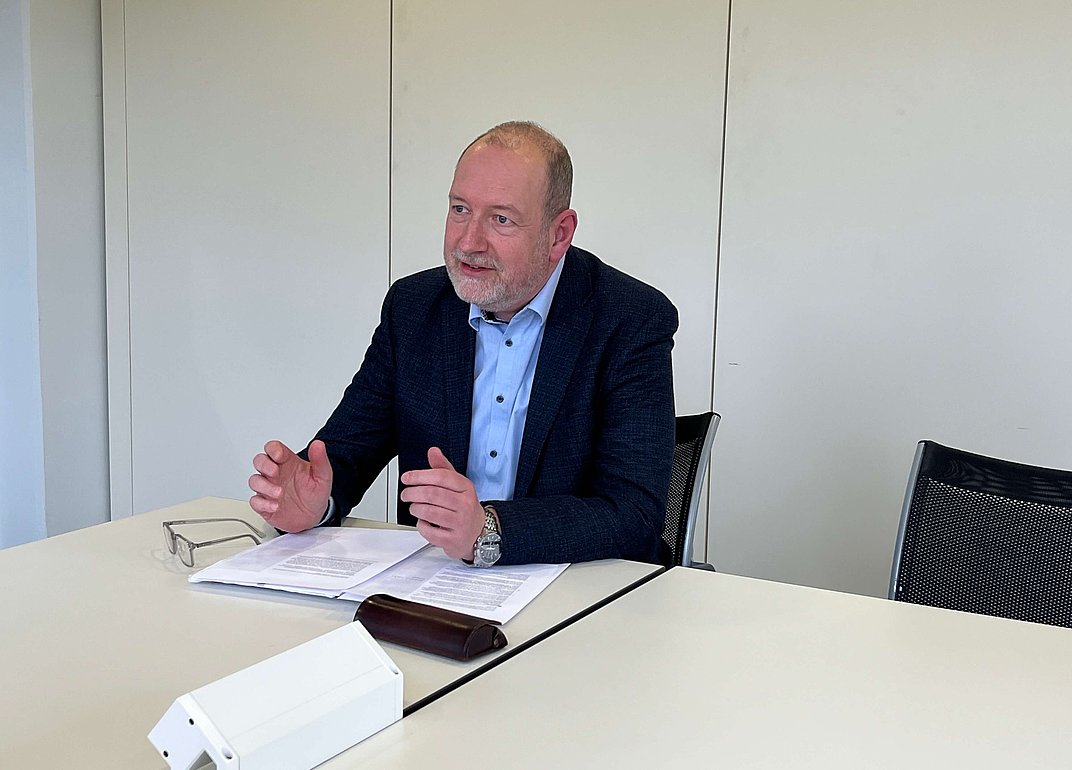
Why focus on CO₂ footprint instead of just recycled content?
Martin: Recycled content matters, but it’s only part of the story. We focus on total CO₂ emissions, which gives a more accurate picture of environmental impact, from energy sourcing to transport and primary raw material sourcing. It’s the key figure that counts.
Can you explain the “mass balance” approach?
Matthias: Mass balance is about tracking carbon reductions across the supply chain. It allows us to manage logistics efficiently while ensuring what goes out is matched by what comes in.
Alexander: Every ton of Low Carbon Aluminum sold means we purchase one, ensuring accountability across the system. It’s practical, scalable, and aligned with international best practices.
Final thoughts
With increasing demand for more sustainable materials, Low Carbon Aluminum represents a transformative opportunity for the industry. By combining innovation with rigorous validation, we are ensuring that our approach is both credible and impactful. We are empowering customers to cut emissions today—not in 2030.
